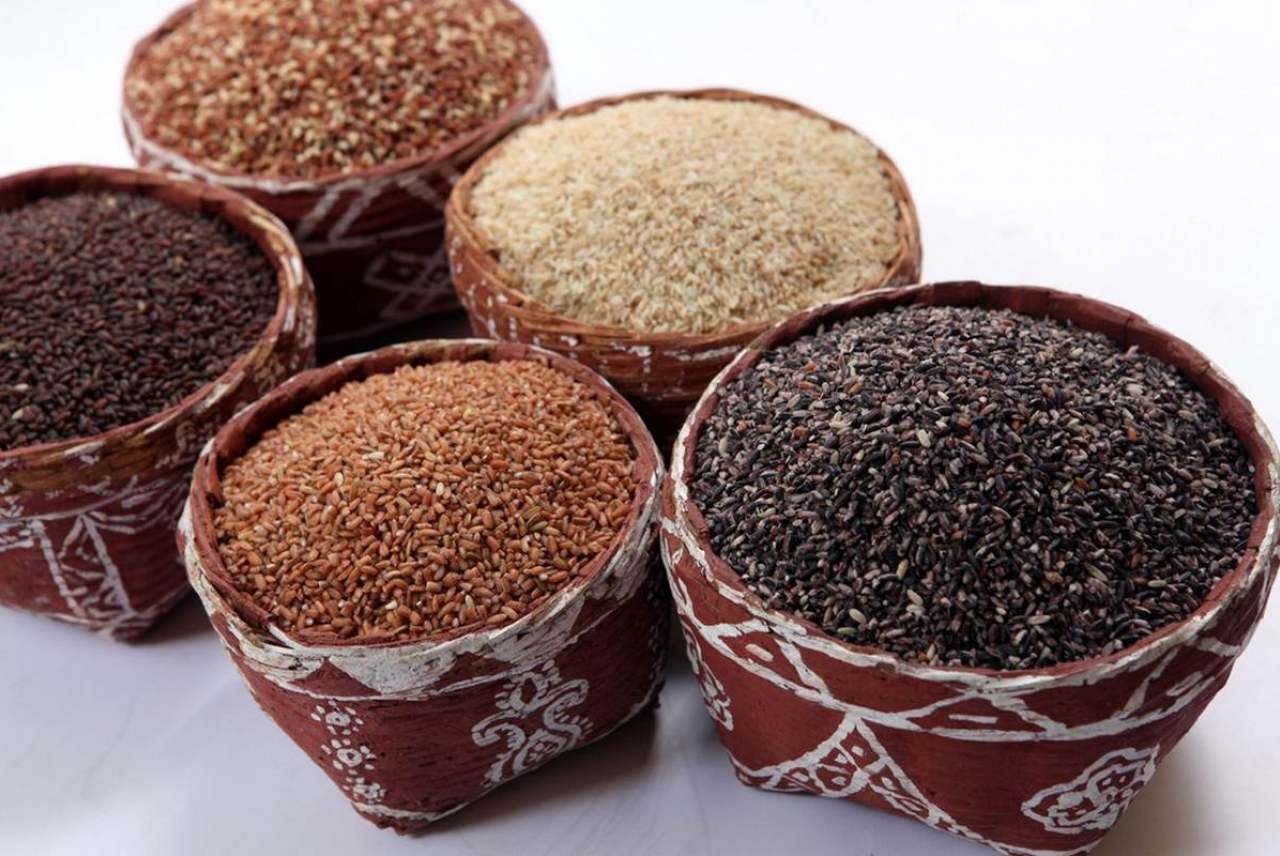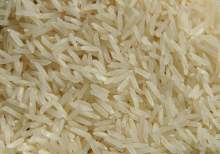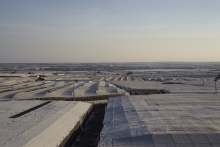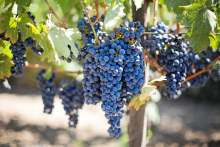Rice is Asia’s most deeply revered treasure. Rice is life for thousands of millions of people. It is deeply embedded in the cultural heritage, spiritual, traditions and norms of Asians.
Rice over the centuries has sculpted the culture and traditions of India. We find information on rice culture covering the last 5000 years in Ayurveda, Buddhist and Jain literature.
Many in the present generation are not aware of the diversity of rice that we have. Farmers of many succeeding generations have innovated, developed, and adopted practices and technologies that have increased diversity.
Each variety of rice is characterised by distinct textures and flavours, and India has a diversity of rice cuisines based on regional specialities and the traditional dishes associated with each variety.
But unfortunately, most of the diversity is going extinct. India had 200,000 varieties of rice before the Green Revolution. Now only a few hundred are cultivated.





